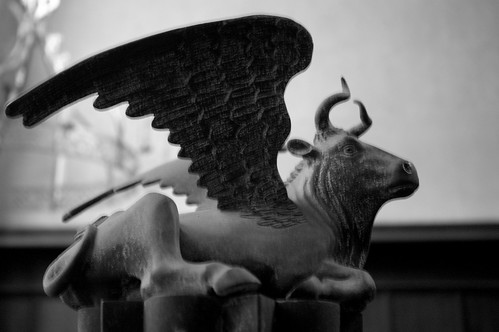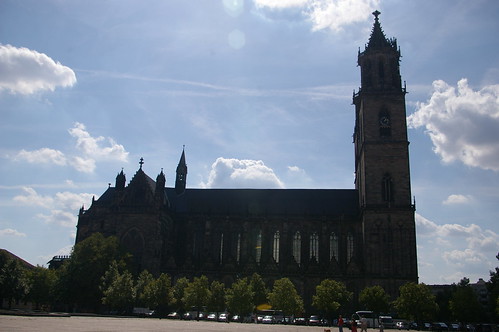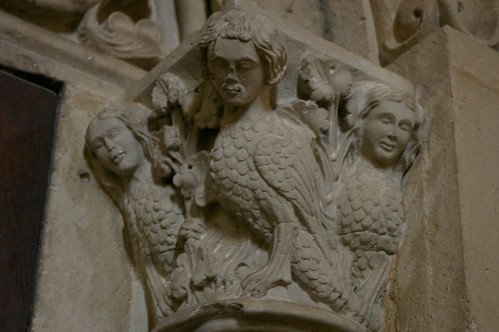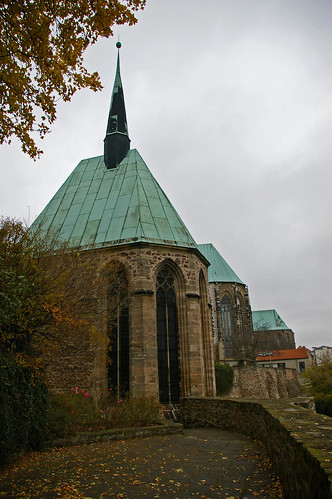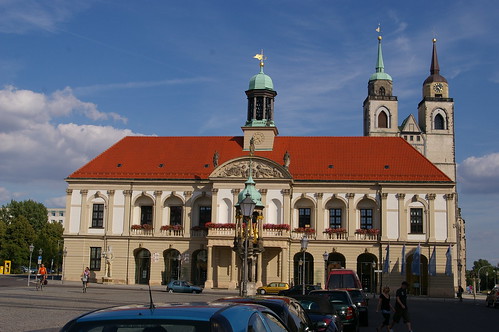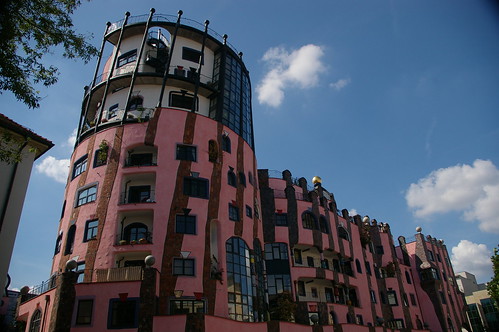* Warning – photo heavy, be patient as this loads.*
As always, please click the photo links for a larger view on flickr.
There’s a bit of a running joke going on between myself and one of the guys I work with. You see, he is German, and he is frequently the driver on some of my trips to the more rural and/or unique areas of northern Germany. I very much appreciate all the driving he does, and how much he tolerates my “need” to photograph every little thing and deals with me just standing there and saying oh “wow” or “did you see that?!?” or “How fabulous!” over and over again. (MW, in case I haven’t told you – You Rock!) He is usually quite patient about it all, and somehow manages to seek out cool places for ideas where we can go – and suggestions that help the photo group that I go out with on occasion really thrive.
Anyhow, the joke goes like this – Germany is basically all Castles, Bunkers, Abandoned Buildings and Works in Progress (being restored). The problem is, well, in so many ways, it’s really true. Take the latest trip, on August 28,2009, for example. It was to a lovely town called Bautzen (wikipedia link)– in the state of Saxony. Bautzen is situated over near the Polish border and is about a 2.5 to 3 hour drive from where I live. (By train, it takes about 5 hours and multiple “switches” to get there). MW wanted to go because there was a mustard (they grow it there) festival. I wanted to go because of this:

A 1000 year old town sitting along the River Spree, mostly restored, complete with beautiful city walls and towers. Left to right – Miller’s Tower (in white to the far left), The Waterworks, The Church of St. Michael, The Water Storage tower (looks like wooden Rookery), St. Peter’s Church. Needless to say, when the day turned out to be one of the last nice days of summer, I couldn’t resist tons of photographs.
One thing I have to point out is that this town really isn’t that touristy. Well – let me rephrase that. It’s touristy in that Germans know about it, and maybe a few Polish people. But It’s not on the normal “International” tourist routes. So, despite the Mustard festival going on (almost every restaurant had a special featuring some recipe with it on the menu) it wasn’t packed full of people at.all. For that, I’m thankful – mostly because it meant we had alot of the town to ourselves – and I wasn’t elbowing tourists to get the angle or photographs I wanted.
More of the photos are up here on flickr.
As always, however, I’ll give you a few of my favorites – other than the one above.

The Reichenturm tower – no, there’s no need to adjust your screen, or my camera. This really IS tilted. When built in 1490, they didn’t use a level or a plumb on it, and the result is that the tower actually leans slightly. It is one of the steepest leaning and still passable towers north of the Alps, and yes, I climbed to the top – wondering if I was going to make it – because the passage was barely as wide as my shoulders, and it felt like I was climbing a ladder with my camera bag. Below you can see MW ducking through the entry tunnel (he’s about 6 foot tall – and my head was brushing the top at 5’6″) and the steep stairs going up.


The view from the top (a hell of alot of steps) in panorama form can be seen as part of the flickr set, or at the very bottom.
After that, we walked through the town center, and to the opposite perimeter, passing the:

Bautzen Town Hall (Rathhaus) and town square around it.
We got to see a bit of the city walls, gates, and defensive towers (no shortage of steps here, let me tell you!):
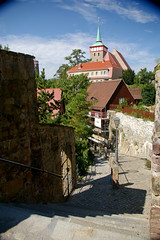
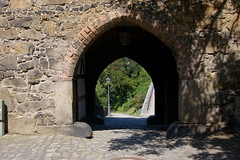



These are – in order 1) City Walls, 2) Miller’s Gate, 3) Miller’s Gate with Waterworks behind it, 4) Miller’s Bastion (tower), 5) Water Storage (built to look like rookery). By the time we’d gone down the hill, through the gate, and up a significant number of steps, we decided to stop for lunch at a cafe

in front of
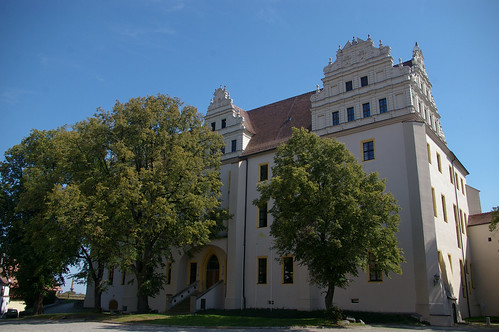 Ortenburg Castle
Ortenburg Castle.
After lunch, we went on to walk past the Monk’s Church Ruins:

where you could just get a glimpse of the beautiful overgrown gardens inside:

With clouds moving in, and a thunderstorm on the way, we walked past St Petri Church (see the set for interior carvings) before heading to Meissen (more on that later.).

Not a bad morning – that warrants another trip back – especially considering that this is what I had to work with…

Oh – is Germany really all Castles, Bunkers, Abandoned Buildings and “works in Progress”? Well… You tell me….




















